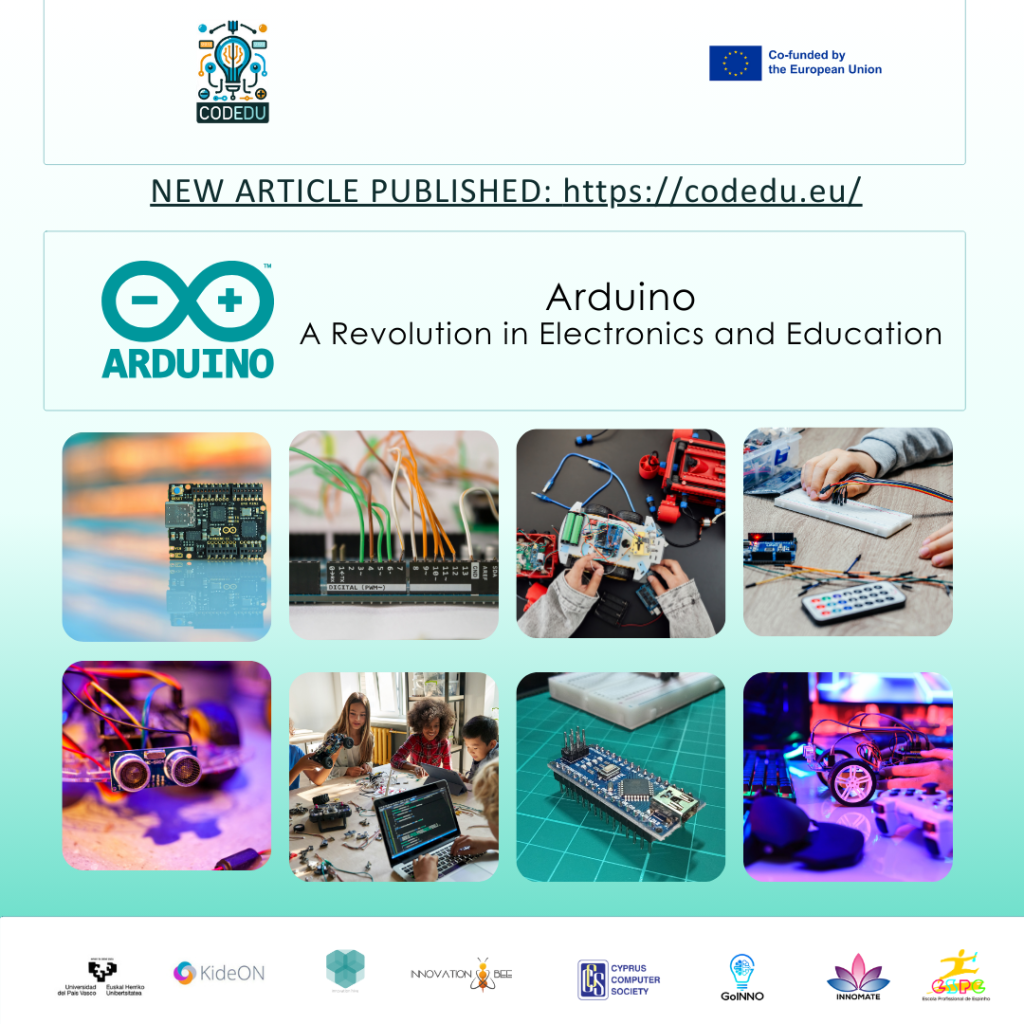Arduino: A Revolution in Electronics and Education
Arduino has become synonymous with accessible and affordable electronics prototyping, empowering educators and learners worldwide. This article delves into Arduino’s history and its transformative role in education, offering insights into why it is a staple in classrooms, maker spaces, and beyond.
The Birth of a Maker Movement
In 2005, a group of Italian researchers at the Interaction Design Institute Ivrea sought to democratize electronics. Their vision was to create a simple, affordable, and accessible platform for anyone to experiment with hardware and software. The result was Arduino, a microcontroller board that would go on to revolutionize electronics education and inspire a global maker movement.
Open-Source Innovation
One of the key factors behind Arduino’s success is its open-source nature. By making the hardware designs and software freely available, Arduino encourages collaboration, innovation, and the sharing of knowledge. This has led to a vast ecosystem of compatible components, libraries, and tutorials, making it easier than ever for beginners and experienced users alike to dive into electronics projects.
Transforming Education
Arduino has had a profound impact on education. Its simplicity, versatility, and affordability make it an ideal tool for introducing students to STEM concepts. By providing a hands-on learning experience, Arduino bridges the gap between theory and practice. Students can experiment with sensors, actuators, and programming to create a wide range of projects, from simple circuits to complex robots.
Real-World Applications
Beyond the classroom, Arduino has found its way into countless real-world applications. Researchers use it to collect data, automate experiments, and control scientific instruments. Hobbyists and makers build everything from home automation systems to wearable devices. Even industries are leveraging Arduino for rapid prototyping and small-scale production.
Inspiring the Next Generation
Arduino’s impact on education and innovation is undeniable. It has empowered a new generation of makers, engineers, and scientists. By fostering creativity, problem-solving, and critical thinking skills, Arduino is helping to shape the future of technology.
Getting Started
For educators looking to incorporate Arduino into their curriculum, there are numerous resources available. Arduino Project Hub offers a wealth of tutorials and examples. Arduino Education Kits provide a structured approach to learning, with ready-to-use projects and guides. Additionally, online communities and forums are a valuable source of support and inspiration.
As Arduino continues to evolve, its potential to inspire and educate remains limitless. Whether you’re a seasoned engineer or a curious beginner, Arduino offers a gateway to the exciting world of electronics and technology.
References
- Banzi, M., & Shiloh, M. (2014). Getting Started with Arduino. Maker Media, Inc.
- Arduino Official Website. Arduino History. Retrieved from https://www.arduino.cc
- Khan Academy. (n.d.). Introduction to Arduino. Retrieved from https://www.khanacademy.org
- SparkFun. (n.d.). Arduino Guide for Educators. Retrieved from https://www.sparkfun.com
- Mouser Electronics. (n.d.). Why Arduino is Popular in Education. Retrieved from https://www.mouser.com


